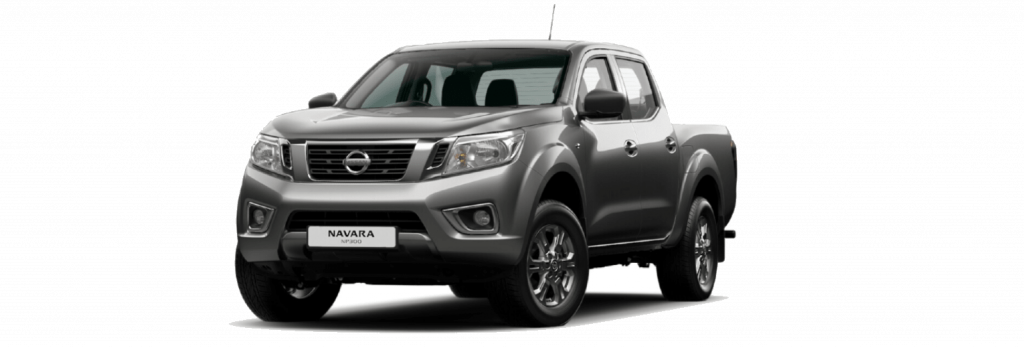Unlocking Tax Advantages: The Appeal of Double Cab Pick-Ups
Navigating HMRC’s VAT and benefit-in-kind tax regulations reveals a compelling case of incorporating double cab pick-ups as company vehicles.
In the realm of modern transportation, high-spec double-cab 4×4 pickups seamlessly blend glamourous styling with luxury features, reminiscent of executive cars rather than traditional workhorses.
A growing cohort of company car drivers are recognising the tax benefits inherent in opting for a double cab over conventional family cars or SUVs.
Payload Matters: Meeting Tax Benefit Requirements
To qualify for tax benefits, the pick-up must receive Light Commercial Vehicle (LCV) classification. While single cab pick-ups automatically fall under LCV, other cab styles must boast a payload of at least one tonne (1000kg). If the vehicle incorporates a removable hardtop cover, ensure it doesn’t diminish the cargo capacity below one tonne.
Tax Advantages for Employers & Employees
Whether driving or supplying an LCV-classified pick-up, both employers and employees stand to gain significant tax advantages. Favourable Benefit-In-Kind (BIK) rates for drivers and the ability for VAT-registered purchases to reclaim substantial amounts of VAT are key contributors. Moreover, companies often enjoy the benefit of writing off the entire purchase cost against tax.
Benefit-in-kind (BIK) rates Simplified
For employees or directors, the primary allure of a pick-up lies in the reduced Benefit-in-Kind (BIK) rates, particularly for personal use outside work.
Unlike company cars where the BIK tax rate is tied to the vehicle’s list price and CO2 emissions, pick-ups adopt a flat BIK rate. Employees aren’t burdened with the full standard value of the BIK; instead, they contribute a percentage based on their individual tax rate. For instance, a 20% tax payer would pay 20% of the BIK value.
Personal and business circumstances can vary so widely, it is vital to take up professional accounting advice if you are considering a pick-up.






